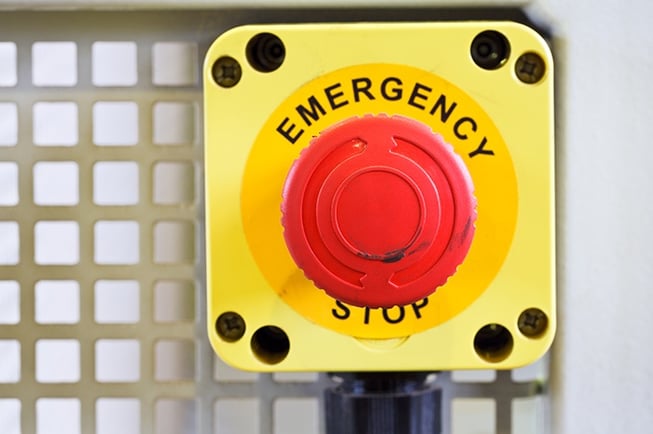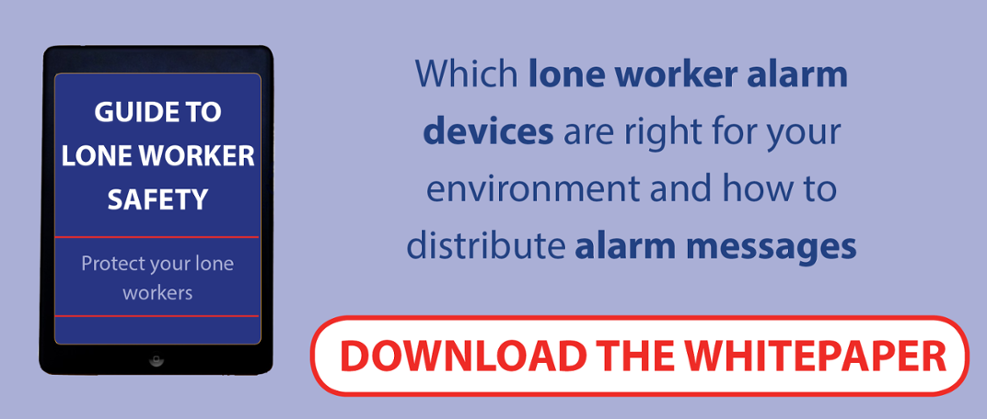
Safety devices are a necessary part of any workplace in order to be compliant with the law and keep your workers safe. However, by their nature they can be incredibly disruptive to the flow of production at work. Initiating safety devices can completely shut down machinery that is very time or resource intensive to start up again. Thus, the accidental triggering of these devices can end up being very costly for a business. Therefore it's important to do your best to make sure that they are only ever triggered when absolutely necessary. Read on to learn some tips and best practices for making sure safety devices don't disrupt your workflow.
Inspect your safety devices
Every manager should know the location and condition of all safety devices in the work place at all times. This is something to be expected for health and safety reasons: you must be able to account for all your devices and be confident that they are all working as intended. Age plus general wear and tear affects them as much as any other bit of machinery in the work place. A broken device is no longer safe and a malfunction could cause it to either trigger unnecessarily or not trigger when it is supposed to, with both situations having potentially very severe consequences. As a manager you should be regularly inspecting and testing all devices, from permanent fixtures to lone worker safety devices.
Educate your work force
While many devices are set to automatically trigger when certain conditions are met, there are others that require at least partial or full manual triggering. In these situations it's important that your work force are properly educated not only in how to operate each one of them, but under what conditions they should and should not trigger it. This is especially important for lone worker safety devices, where there may be nobody else around in case one of your workers makes a mistake. Health and safety courses and seminars alone are not enough; you should make sure to regularly test your workers' knowledge on these safety devices where practical so that your workers are constantly aware of their safety devices and when it's appropriate to use them.
Update your safety devices
Having safety devices is important, but keeping them up to date and fit for purpose is just as crucial. If a device becomes obsolete or is not the right fit for its purpose, then it jeopardises its integrity. The manufacturers of any equipment requiring safety devices should have guidelines for best practices using their machinery, but for your company's own procedures you need to make sure that all the protections and devices put in place are adequate and suitable for protecting your workers without disrupting their workflow. Don't forget to reassess these measures each time your workflow changes! Health and safety should always be at the forefront of a manager's decision making and the impact of new production changes on existing health and safety procedures should always be considered.
Get better safety devices
Don't try to square the circle. Sometimes, your existing devices simply become unfit for purpose for one reason or another. In these situations it's strongly advised that you update them, even if it means getting rid of your old devices and acquiring brand new ones. Even if your existing safety devices work fine, you should not be apprehensive about hanging onto old ones if you find new devices that work much better. Realistically there are multiple factors to consider, such as budgeting and convincing higher management of their benefits, but where possible you should always lobby for better devices. The upfront costs may be a hurdle, but they are almost always significantly lower than the potential costs should something go wrong.
Understanding best fit safety devices
Technology is constantly moving on and creating new and amazing devices aimed at tracking both workers and the working environment, ensuring they are kept safe. Thanks to the 'Internet of Things' concept, many devices are now connected to apps which you can access from your phones, tablets and computers at any time. These can also be set to automatically monitor all sorts of readings and trigger safety precautions when all sorts of conditions are met, which can be configured to meet your workplace requirements. Not only can these devices trigger when certain conditions are met, they can also be configured to trigger when certain conditions are not met - for example, if your workers are required to check in regularly at certain intervals and one of your workers fails to do so, your device can automatically trigger an alert and could also tell you the location of your worker. All these things help you to identify and rectify workplace issues as quickly as possible and often faster than any system requiring manual involvement.
As the needs of your workplace grow and evolve, so do the health and safety requirements. It's your job as a manager to ensure that your workers are safe at all times as their lives may depend on it. Both you and your company can be held liable for any lapses in safety procedures, so you need to be confident that you are running the most suitable and up to date safety devices possible. This is trickier than it sounds, as each work place can have unique requirements. These devices are vital but should never disrupt production and should only ever be triggered in a real emergency. Making sure that they are up to date, made to fit your work flow and that your workers are educated in how and when to use them all go towards achieving this goal. Your job as a manager is to make sure your work force is both safe and productive, without sacrificing either one for the other.





